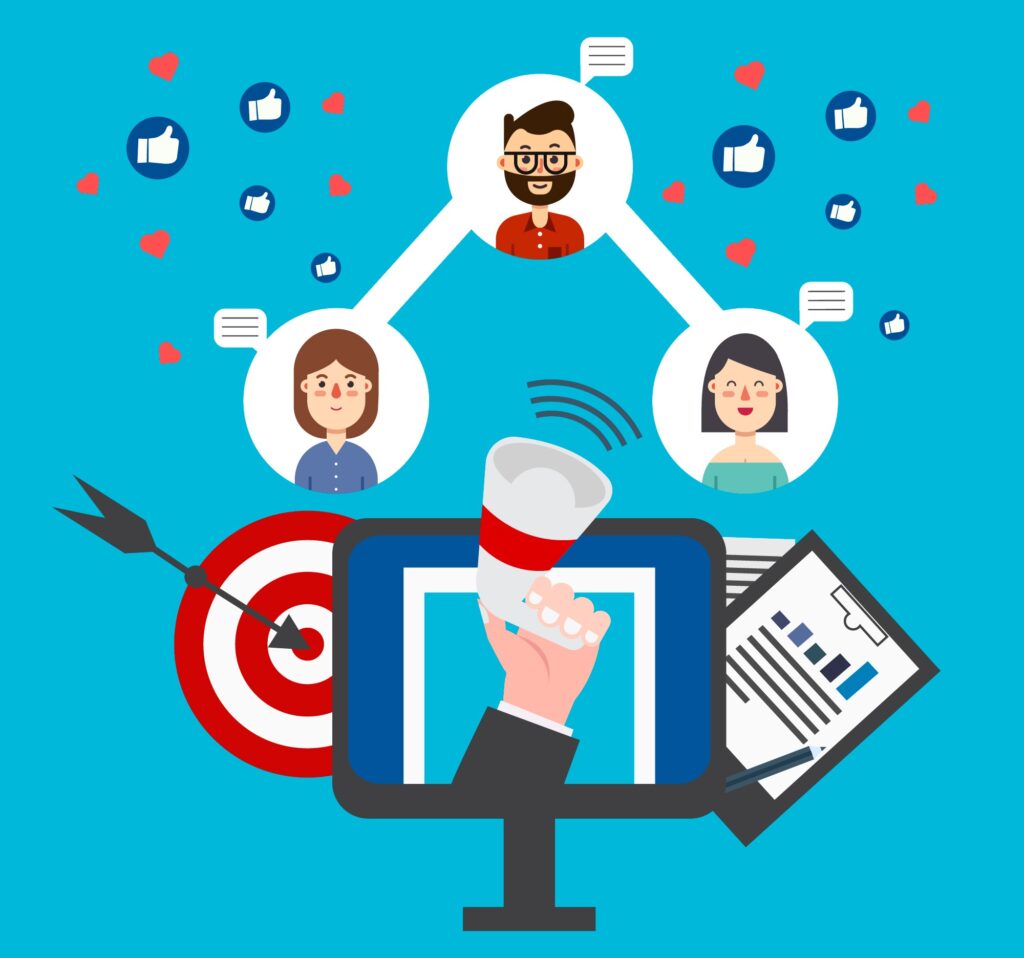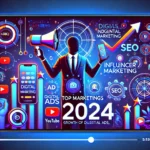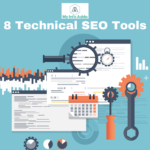In today’s competitive marketplace, businesses are constantly looking for ways to expand, improve customer engagement, and ultimately increase sales. Lead generation is a critical process that addresses all these goals by attracting potential customers and converting them into loyal buyers. But what exactly is lead generation, why is it important, and how can your business leverage it effectively? Let’s dive into everything you need to know.
What is Lead Generation?
Lead generation is the process of attracting and converting potential customers—“leads”—into individuals who express interest in your product or service. This interest can be shown by signing up for a newsletter, filling out a contact form, or engaging with your social media channels. Through lead generation, businesses don’t just reach new audiences; they build relationships that can lead to long-term loyalty and brand advocacy.
Why is Lead Generation Important?
Lead generation is essential because it provides a steady stream of potential customers, allowing your business to grow. Here’s a breakdown of its core benefits:
- Increases Your Customer Base: The larger your pool of leads, the greater your opportunity to convert them into paying customers.
- Boosts Brand Awareness: Through lead generation activities like content marketing, social media, and SEO, you spread awareness and make your brand familiar to a larger audience.
- Builds a Sales Pipeline: It keeps your sales team busy with a constant flow of potential clients, giving them the opportunities they need to close sales.
- Enhances Cash Flow: When your sales funnel is consistently filled with qualified leads, it stabilizes cash flow, ensuring your business can maintain operations and fund growth efforts.
- Maximizes Marketing ROI: Lead generation focuses on attracting people with a real interest in what you’re offering, making your marketing spend more efficient and effective.
Types of Lead Generation: Inbound vs. Outbound
There are two main categories of lead generation: inbound and outbound. Each has its strengths, and using a combination of both can yield the best results.
Inbound Lead Generation
Inbound lead generation draws people in naturally, providing valuable content that answers their questions or solves their problems. Instead of seeking out customers, you create a magnet that attracts them to your brand.
- Examples: Blog posts, SEO, social media content, email newsletters, videos, and webinars.
- Advantages: Builds trust with your audience, targets people who are already interested, and has a lower long-term cost.
- Disadvantages: Requires time and effort to build an audience and see results.
Outbound Lead Generation
Outbound lead generation involves actively reaching out to potential customers through direct marketing methods. It’s a more direct approach, designed to reach people who might not be aware of your business yet.
- Examples: Cold calling, paid ads, email marketing, direct mail, and telemarketing.
- Advantages: Reaches people quickly, can be targeted to specific demographics, and provides immediate feedback.
- Disadvantages: Some people find it intrusive, and it can be costly, especially with paid advertising.
Different Ways to Generate Leads
There are several effective methods to generate leads, and each can be adapted based on your target audience and business type:
- Content Marketing: Share valuable blog posts, infographics, guides, and videos that attract potential customers by addressing their needs and interests.
- SEO (Search Engine Optimization): Optimize your website and content to appear in search engine results, making it easier for potential customers to find you.
- Social Media Marketing: Build relationships on platforms like LinkedIn, Instagram, and Facebook, where you can engage directly with your target audience.
- Email Marketing: Send targeted and personalized messages to people who have signed up for your emails, nurturing relationships over time.
- PPC Advertising: Use pay-per-click ads on search engines or social media to generate quick, targeted traffic.
- Events and Webinars: Host live events or online webinars where you can connect directly with potential customers and showcase your expertise.
- Referral Programs: Encourage existing customers to refer your business to others by offering incentives or rewards.
Which Businesses Benefit Most from Lead Generation?
Lead generation isn’t one-size-fits-all, but almost every business can benefit from it:
- Startups and Small Businesses: New businesses need to build a customer base and establish brand recognition, and lead generation is crucial in helping them reach these goals.
- Service-Based Businesses: Companies that rely on customer trust, like consulting, real estate, or legal services, benefit greatly from lead generation that highlights credibility and expertise.
- B2B Companies: In B2B, where relationships are key, lead generation helps connect companies with clients who are genuinely interested in their products and services.
- E-commerce and Retail: By targeting interested shoppers, lead generation helps online stores maximize sales and build a loyal customer base.
How to Start Generating Leads for Your Business
Here are quick, actionable steps to begin your lead generation journey:
- Identify Your Ideal Customer: Define your target audience by understanding their demographics, preferences, and buying behaviors. This helps in crafting content and offers that resonate with them.
- Create a Lead Magnet: Offer something valuable like a free guide, checklist, or template in exchange for contact details.
- Optimize Your Landing Pages: Design user-friendly landing pages with clear calls-to-action to make it easy for visitors to become leads.
- Engage on Social Media: Use social media platforms to reach out to potential customers, post engaging content, and interact with your audience regularly.
- Leverage Paid Ads: Run targeted ads on Google or social media to reach new customers quickly.
- Follow Up Promptly: Send follow-up emails to new leads to keep them engaged and move them further down the sales funnel.
Is Lead Generation Expensive?
The cost of lead generation varies based on the methods you choose. Here’s a breakdown:
- Inbound (e.g., Content Marketing and SEO): Although it requires time and resources initially, it becomes more cost-effective over time. Inbound methods typically yield sustainable, long-term growth.
- Outbound (e.g., Paid Ads and Cold Outreach): Outbound methods tend to be pricier as they require direct advertising or outreach. They provide quicker results, though, which can be beneficial if your business needs immediate leads.
For startups and small businesses, a combination of cost-effective inbound strategies and selective outbound tactics often provides the best balance of cost and results.
FAQs About Lead Generation
What is a lead? A lead is someone who has shown interest in your product or service, often by sharing their contact information.
How do you qualify a lead? Lead qualification involves assessing whether a lead is a good fit based on their needs, budget, and interest level. Qualified leads are more likely to convert into paying customers.
What’s the difference between MQLs and SQLs? MQLs (Marketing Qualified Leads) show interest but need nurturing, while SQLs (Sales Qualified Leads) are ready to engage with the sales team.
How long does it take to see results? Inbound methods like content marketing may take a few months to build momentum, while outbound methods like ads can bring results quickly.
Is lead generation useful for small businesses? Yes, it helps small businesses find and connect with their target customers, building brand awareness and supporting growth.
Conclusion: Why is Lead Generation Essential to Business Success?
Lead generation is crucial for businesses looking to expand, engage new customers, and create sustainable growth. By implementing a combination of inbound and outbound strategies, businesses can reach new audiences, build lasting relationships, and increase revenue. With a well-thought-out lead generation strategy, you can turn interest into action, transforming leads into loyal customers and setting your business up for long-term success.




